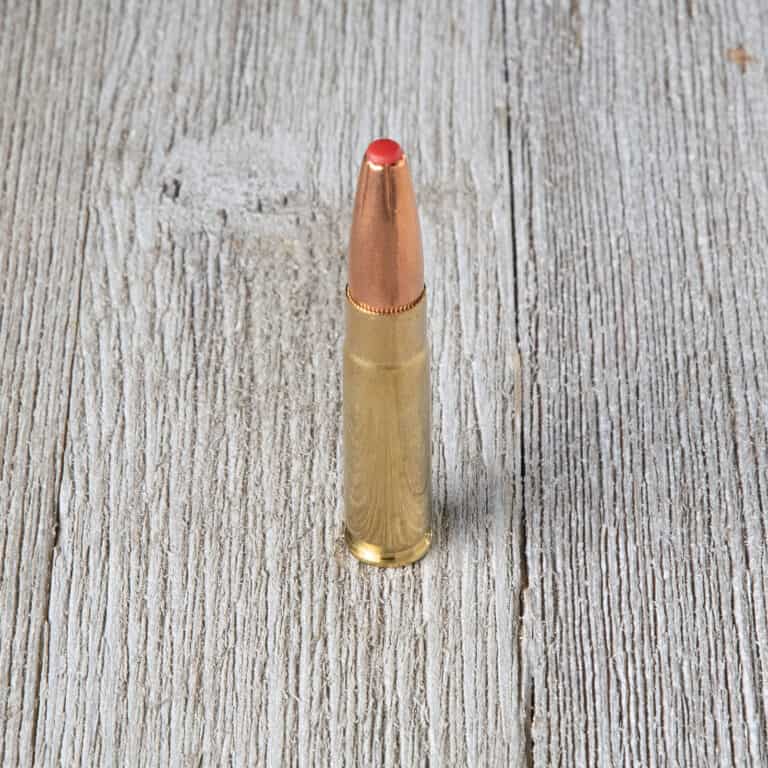

The sudden change in temperature and pressure is what creates the ‘gun blast’ we are all familiar with. The loud sound when firing a gun comes from 2 sources: First is from the pressurized gases created in the chamber and escaping through the barrel. Obviously, subsonic ammunition is ideal for use in a firearm equipped with a suppressor. Factory loaded subsonic ammo, like Freedom Munition’s HUSH line, has been formulated with the appropriate bullet weight and load to achieve consistent, subsonic results. However, by using a heavier bullet – such as a 147gr or 165gr – and changing the load, the 9mm round can successfully be made subsonic. 9mm, for example, is generally considered supersonic as most 9mm ammo has a muzzle velocity over 1100 FPS. Subsonic ammunition is loaded specifically for the projectile to maintain a speed that does not break the sound barrier and create a sonic crack. Anything above that risks entering the trans sonic barrier. However, the generally accepted answer for the speed of sound at sea level, is about 1100 feet per second. The speed of sound is a variable thing that is affected by temperature, humidity, and barometric pressure. Supersonic means the projectile breaks the sound barrier, which produces a mini sonic boom, or a sonic crack. In very simple terms, subsonic means the bullet is moving slower than the speed of sound. Supersonic – what’s the difference? Which is better? Which should I use? Common questions with fairly simple answers that we will cover in this article.


 0 kommentar(er)
0 kommentar(er)
